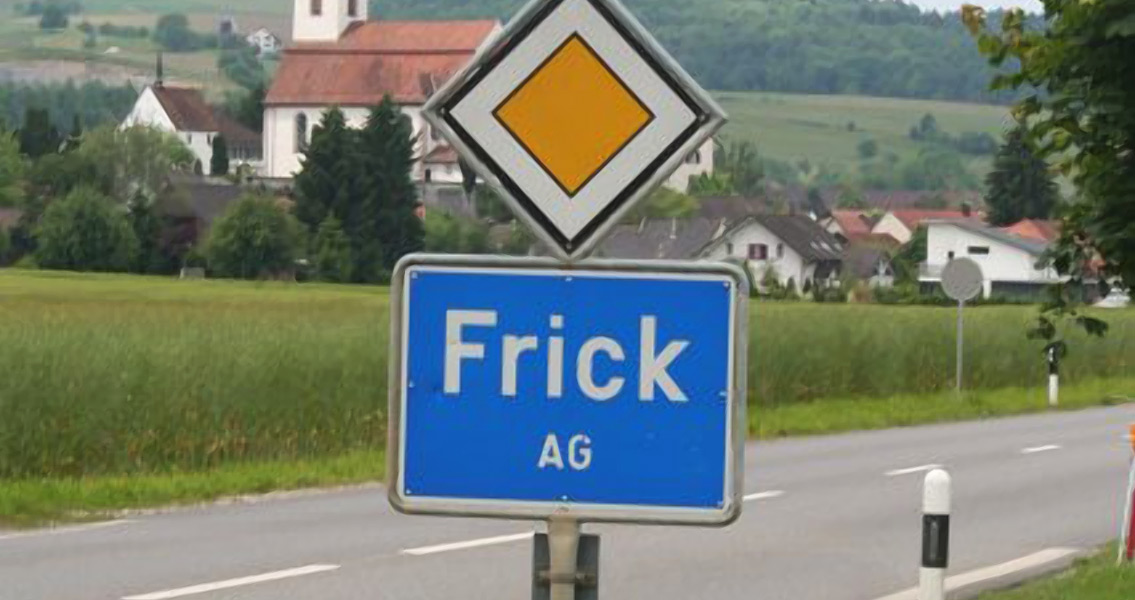<![CDATA[33 pounds’ worth of bronze and silver coins, dated back to the reign of Roman Emperors Aurelian and Maximian, have been found in a Swiss orchard. The treasure trove of Roman-era coins was buried around 1,700 years ago in what would one day become Aargau, one of the northernmost cantons of the country, located west of the city of Zurich. The hoard was discovered when the owner of the property spotted a handful of coins atop a molehill within the cherry orchard. With his knowledge of how there had been a similar archaeological discovery made recently in the neighborhood – the town of Frick – in which a Roman settlement was uncovered, the farmer immediately assumed the coins were from the Roman era and alerted Aargau’s regional archaeological service. Now, after several months of digging and excavation in the orchard, the archaeological service has recently announced that there have been more than 4,100 coins recovered from the site – making it one of the most noteworthy and largest finds of its kind within the country. The majority of the coins were found to be in excellent condition, including legible imprints; this made it easy for a numismatic expert to determine that the coins were likely printed between 270 CE and 294 CE. Archaeologist Georg Matter remarked in an interview with The Guardian how amazing it was that the hoard of ancient coins had gone undiscovered for so many centuries. The land, it turns out, has always been used for farming purposes, Matter explained. The cherry orchard, and in fact the majority of the farmland, has never been built upon or developed in any way, save for agricultural pursuits. The reason the original owner buried the coins is of course lost to history, but the archaeologists did uncover some of the circumstances surrounding the hoard of silver and bronze. Apparently the owner buried the coins shortly after they were minted – something that contributed to the excellent condition of the coins – and yet for some reason never returned to retrieve them. A few of the bronze coins, those that had an uncharacteristically high 5 percent silver content, had been buried separately in smaller, leather pouches, purposely to keep them apart from the ostensibly lesser-value coins in the trove. The value of the entire hoard at the time of its burial is difficult to determine, as archaeologists indicated that high inflation was rampant during the end of the 3rd century, but it would have been roughly equivalent to one or two years’ wages at the very least. Additionally, the modern value of the coins is largely irrelevant, according to Matter, as the treasure will be taken to the Vindonissa Museum in Aargau to be put on display. As for the farmer who discovered the trove, he is likely to be awarded a finder’s fee, but archaeological finds such as the Roman-era coins are, according to Swiss law, public property.]]>
33 Lbs. Worth of Roman Coins Found in Switzerland
